Aging, as well as daily pressure on the spine and back muscles, can result in middle back bone pain. Lifestyle factors also play a role, including poor posture, obesity, inactivity and smoking.
When most people experience back pain, it’s usually in their lower back. The middle back bone, or thoracic spine, is far less prone to injury because it is less mobile and does not carry as much of your body weight. Although less common, it is possible to experience pain or discomfort anywhere from the bottom of your neck to roughly waist level.
If you are experiencing middle back or thoracic spine pain (TSP), the doctors at Desert Institute for Spine Care are here for you. We focus on compassionate care and sophisticated diagnostic techniques to help us find the source of your middle back pain and develop a personalized treatment approach.
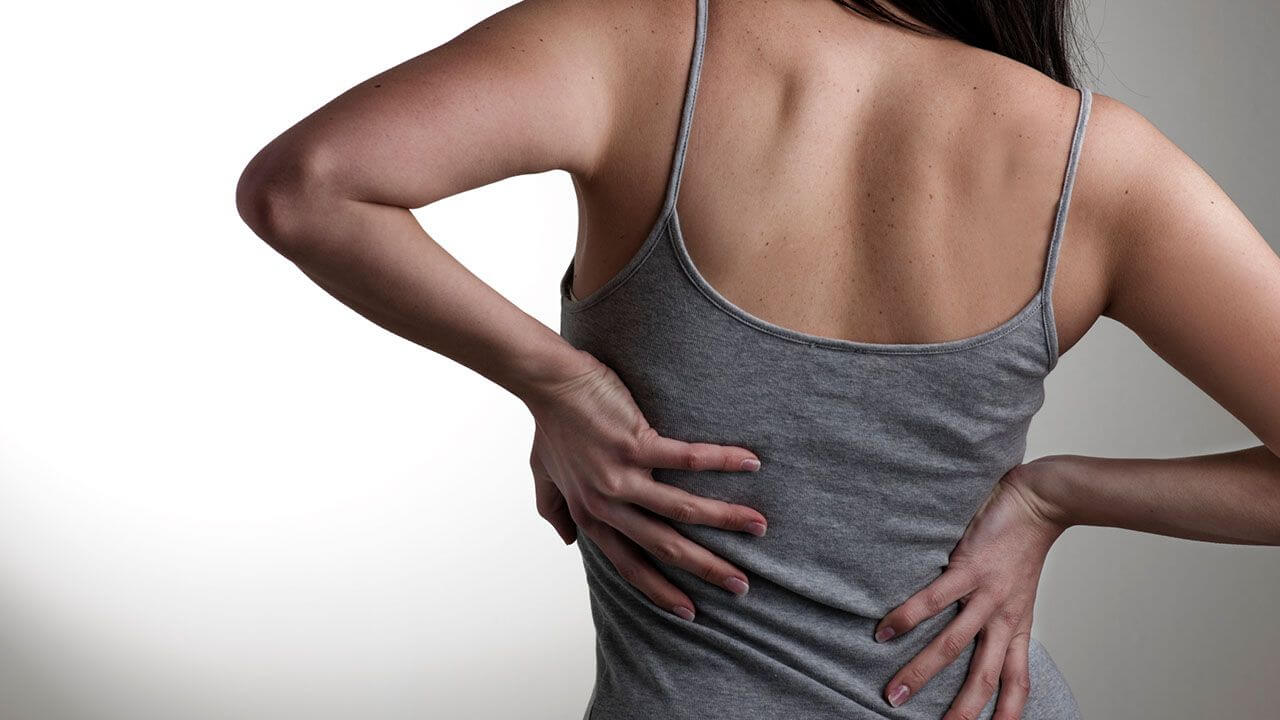
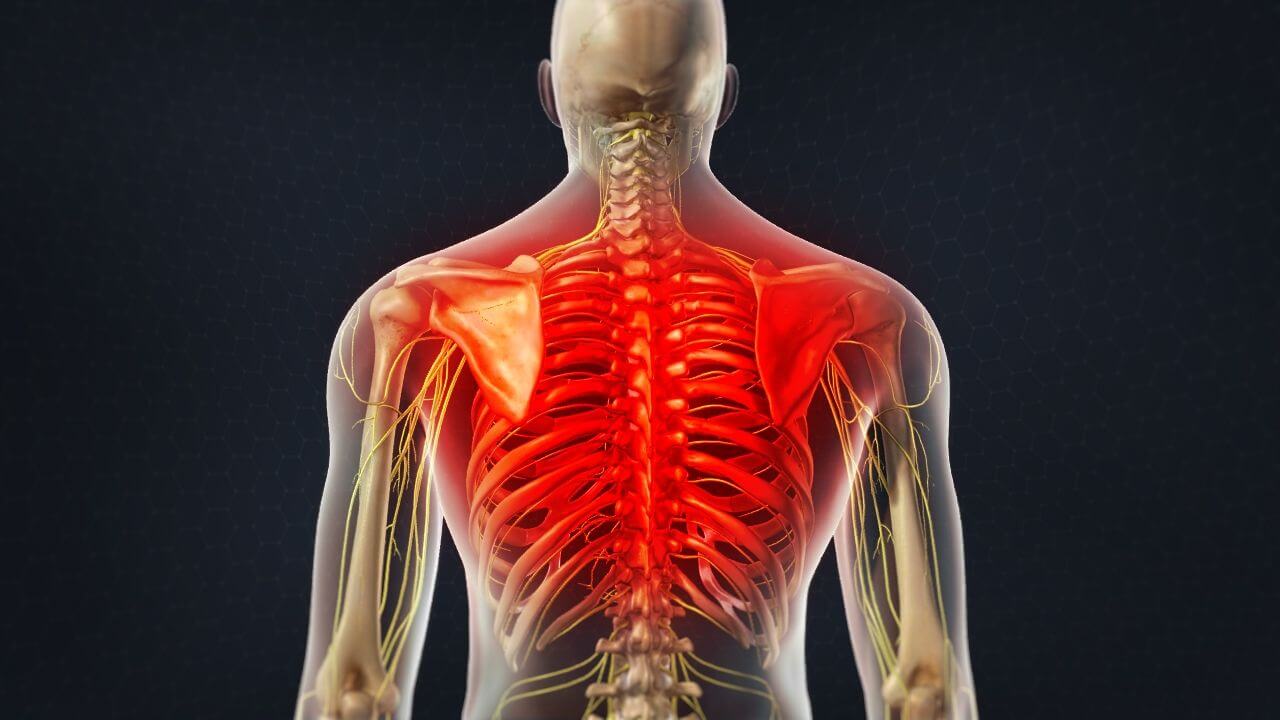

Thoracic spine pain is more often caused by serious underlying spinal pathology compared to the causes of lower back or neck pain. However, this symptom can also occur in healthy individuals with no apparent injury or illness. Surprisingly, children and adolescents, primarily females, are more prone to TSP. This could be due to a number of factors, including heavy backpack use, participation in certain sports, chair height at school or strain while doing homework.
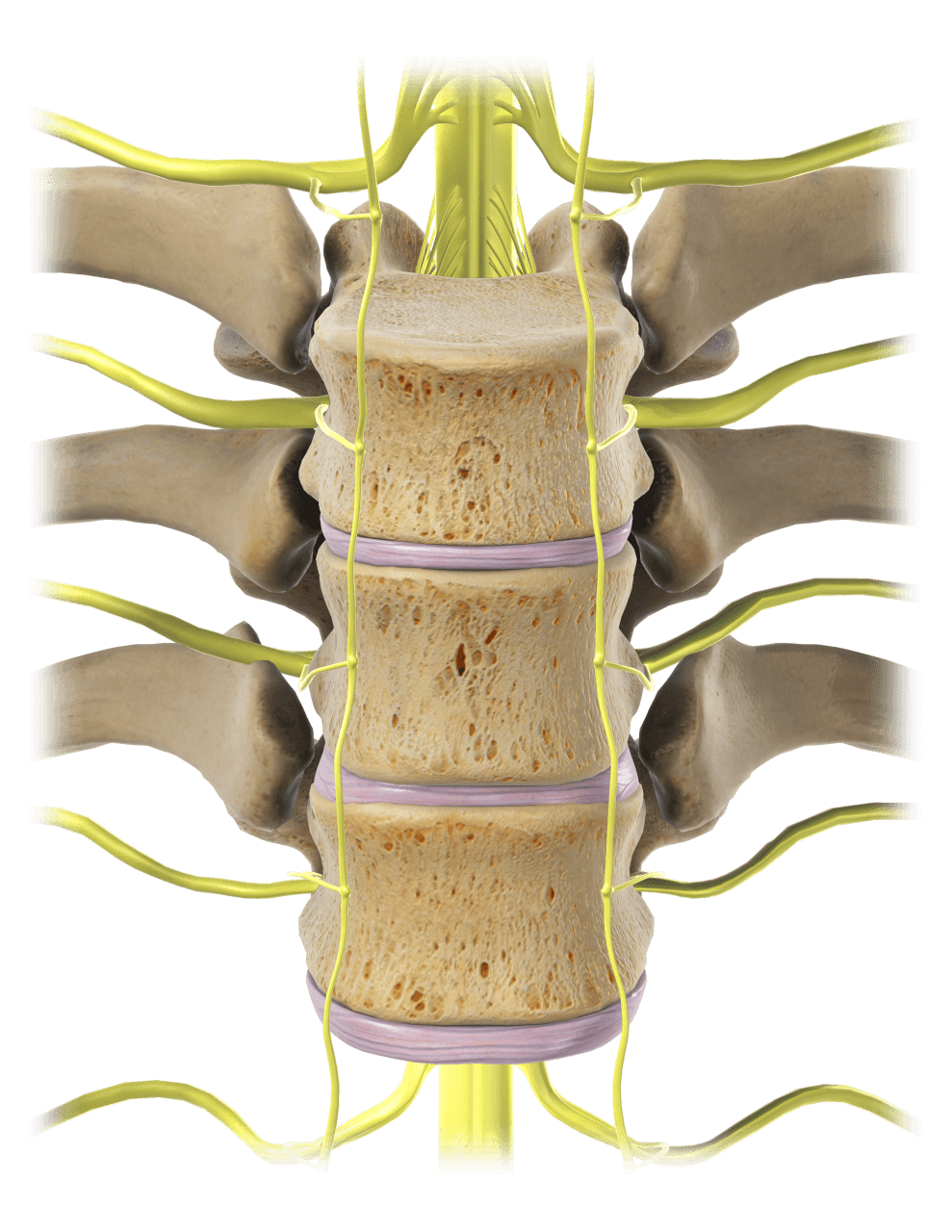
Aging, as well as daily pressure on the spine and back muscles, can result in middle back bone pain. Lifestyle factors also play a role, including poor posture, obesity, inactivity and smoking.
This injury is caused by stretching or tearing the muscles, tendons or ligaments of your back with a sudden, jerky movement or improperly lifting something heavy.
Injuries due to car accidents, falls and playing sports can all lead to TSP.
If the spinal discs in the thoracic spine become compressed, bulge or rupture, the pressure put on nerves can cause severe middle back pain.
When the cartilage covering the joints breaks down, the bones can rub together and cause painful symptoms in the middle back.
Compressed nerves in your back can create minor to severe pain.
The pain that people experience in their middle back can be characterized in various ways, including tenderness, tightness or stiffness. Patients also describe their pain as feeling dull, sharp or stabbing. TSP can be accompanied by a burning sensation in the middle back.
Additional side effects that sometimes accompany middle back pain include:
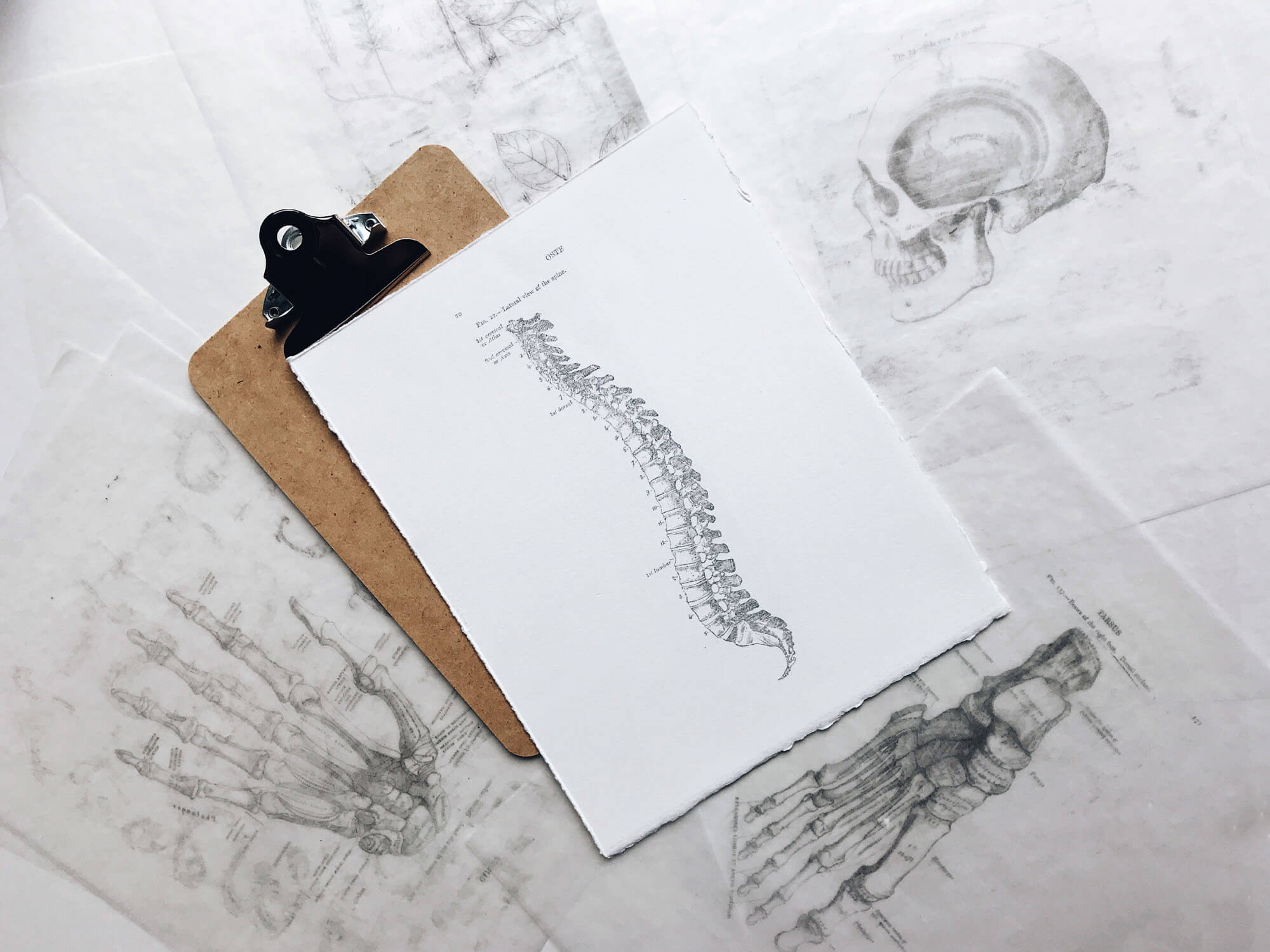
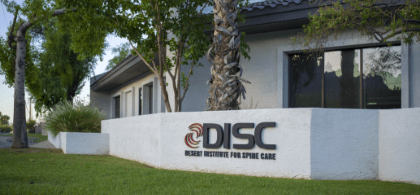

There are a variety of effective and innovative treatment options for middle back bone pain. At DISC in Arizona, our first aim is to provide an accurate diagnosis. Because of the various potential causes, we use a proprietary diagnostic technique called Personalized Pain Diagnostics (PPD) to find the specific pain generator.
Once we understand your unique pain journey, we work with you to develop a personalized treatment approach. As leaders in minimally invasive spine care, we always start with the least invasive option, including non-surgical treatments like:
However, if your middle back pain symptoms progress, we may recommend surgical intervention. The spinal care experts at DISC specialize in a wide range of surgical options, including minimally invasive procedures.
If you’ve been struggling with middle back pain and nothing seems to relieve your symptoms, contact the orthopedic spine surgeons at DISC to learn about your treatment options. Take the first step toward relieving your pain and enjoying life again.
Our spine health blog features up-to-date spine education and expert spine tips from our spine specialists here at DISC.
1635 East Myrtle Avenue Suite 100, Phoenix, AZ 85020, USA
18700 North 64th Drive Suite 105, Glendale, AZ 85308, USA
8630 East Vía de Ventura Suite 210, Scottsdale, AZ 85258, USA
3487 South Mercy Road, Gilbert, AZ 85297, USA
1635 East Myrtle Avenue Suite 400, Phoenix, AZ 85020, USA